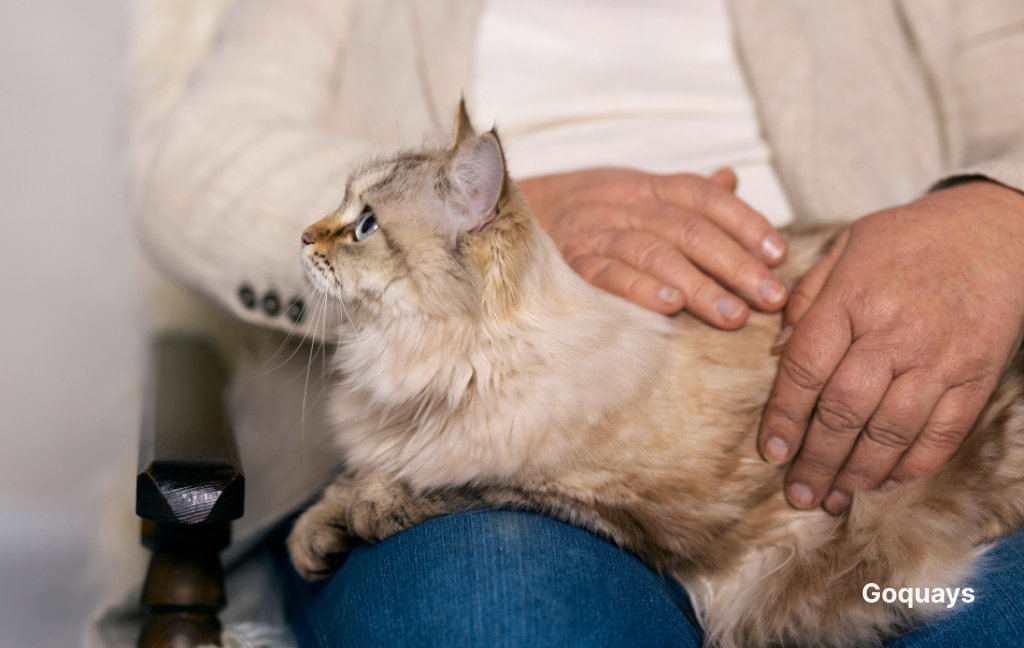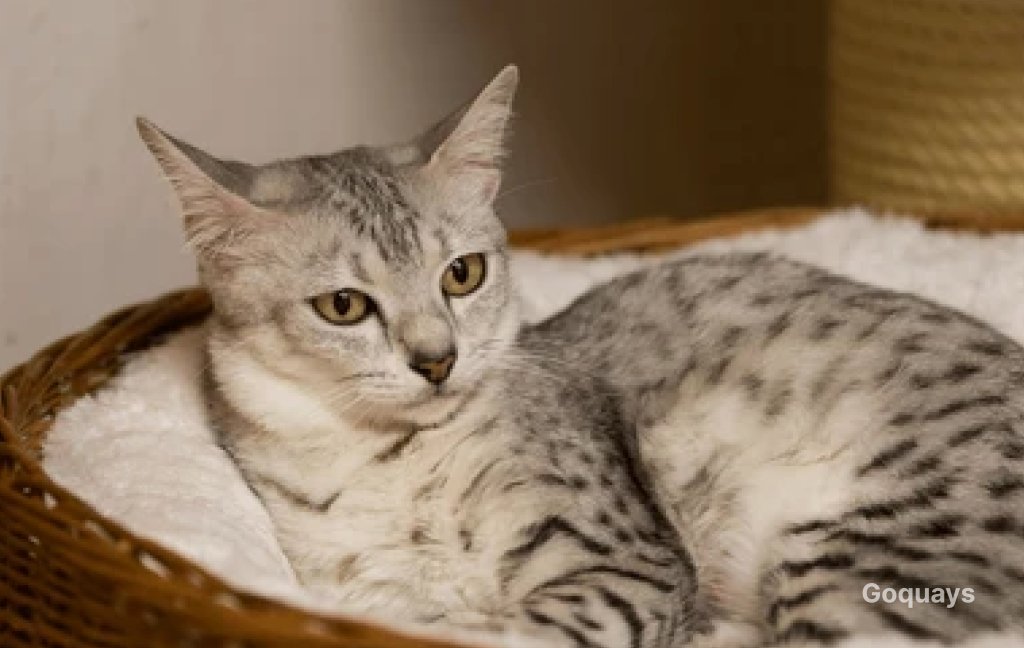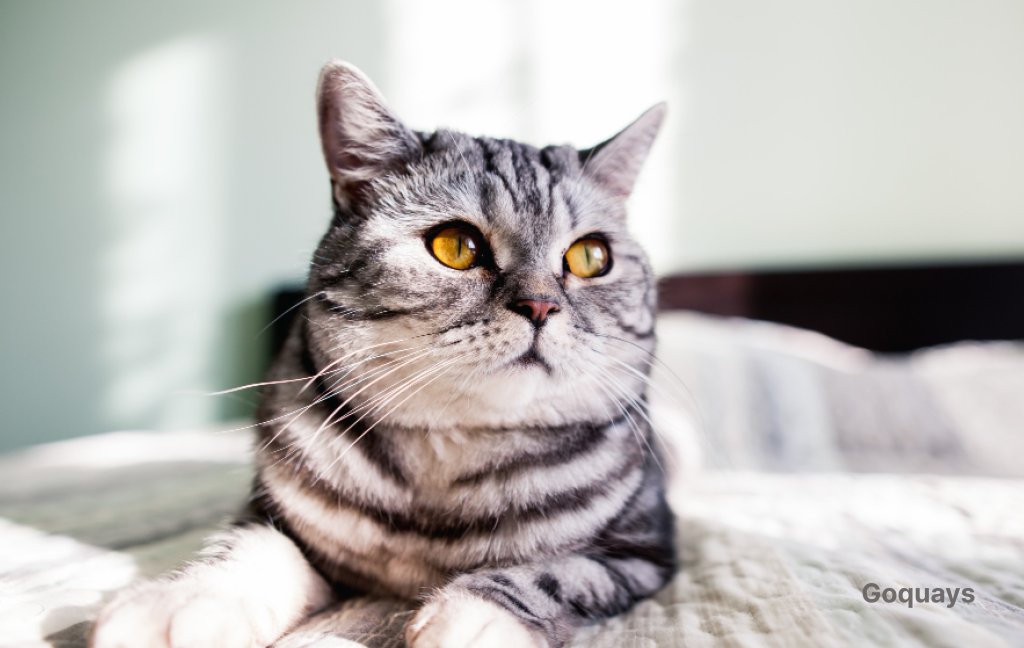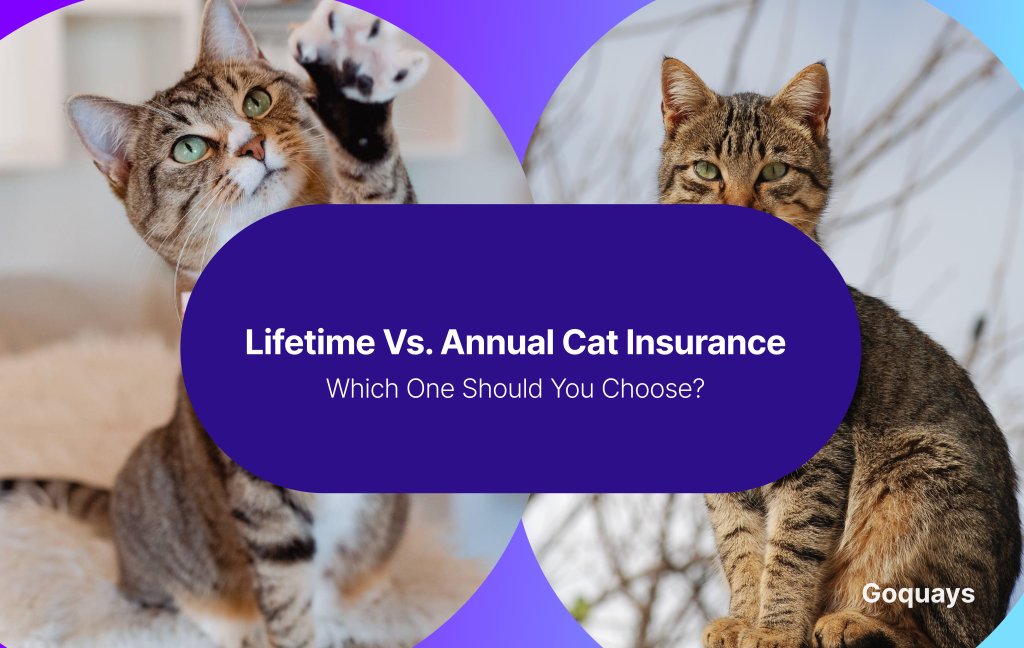Pet insurance is generally known to help ease your financial burden and ensure your cat receives the treatment they need without straining your finances. However, when shopping for pet insurance for your cat, you will come across two main types of policies: lifetime insurance and annual (time-limited) insurance. While both offer coverage for veterinary costs, they differ significantly in terms of how long they cover a condition, how claims are handled, and overall affordability.
Choosing between lifetime and annual cat insurance can be confusing, especially for first-time pet owners. A lifetime policy provides continuous coverage for long-term illnesses, making it ideal for chronic conditions like diabetes or kidney disease. On the other hand, an annual policy is more budget-friendly upfront but may not cover ongoing health issues once the policy is renewed.
So, which one is the best for your cat? We will break down the differences, what each insurance types cover and what they do not, and the pros and cons, to help you decide which type of cat insurance offers the best protection for your pet.
What is Lifetime cat insurance?

Lifetime cat insurance is a comprehensive pet insurance policy that covers your cat for medical conditions and illnesses throughout their entire life, as long as you renew the policy each year. However, time-limited policies only cover conditions for a set period (usually 12 months), while lifetime insurance ensures ongoing protection for long-term health issues.
This type of policy is ideal for cat owners looking for long-term peace of mind especially for when their pet develops chronic illnesses or hereditary conditions that require ongoing treatment. While lifetime policies come with higher monthly or annual premiums, they provide consistent coverage for expensive medical treatments, making them a valuable investment for pet owners who want the best healthcare for their feline companions.
How does coverage work?
A set amount is available per year (e.g., £5,000 per year for vet bills). Each year, the coverage resets, meaning that ongoing conditions (like diabetes or arthritis) continue to be covered as long as the policy remains active. Some insurers may have per-condition limits, while others offer a total annual limit. As long as you renew the policy each year, your cat is protected for life.
What’s covered under lifetime cat insurance?
Here’s what is typically covered under a lifetime cat insurance policy
- Veterinary fees for accidents and illnesses
- Chronic and long-term illnesses
- Hereditary health conditions
- Third-party liability
- Lost or stolen pet
- Boarding fees
What’s Not covered in lifetime cat insurance?
While lifetime insurance offers the best coverage, some exclusions apply, including:
- Pre-existing conditions (illnesses diagnosed before taking out the policy).
- Routine care (vaccinations, flea and worm treatments).
- Elective procedures (spaying and cosmetic surgery).
- Pregnancy-related costs (breeding, C-sections).
- Cremation.
What is Annual cat insurance?

Annual cat insurance, also known as time-limited pet insurance, provides coverage for your cat’s illnesses, accidents, and treatments for 12 months. Once the policy expires, you will need to renew it; however, any medical condition that started during the previous policy year may no longer be covered under the renewed policy.
Annual cat insurance is cheaper than lifetime insurance, making it a more budget-friendly option for cat owners. However, it comes with certain limitations, particularly for cats that develop chronic conditions or require long-term care. If a condition persists beyond the 12-month coverage period, it may be classified as a pre-existing condition, which means it will be excluded from future claims.
Annual policies can be a good choice for owners looking for short-term coverage or those with relatively young and healthy cats who are at a lower risk of developing long-term illnesses.
How does coverage work?
- Covers new illnesses and injuries for a maximum of 12 months from the start of the condition.
- Once the policy is renewed, any pre-existing conditions from the previous year may not be covered.
- Coverage limits vary but typically include a fixed amount per condition or year.
What’s covered under annual cat insurance?
Here’s what’s covered under annual cat insurance
- Veterinary fees for accidents and illnesses. Most policies offer a fixed amount per condition (e.g., £2,000 per illness) or a total annual limit (e.g., £5,000 per year). Coverage ends after 12 months from the diagnosis date, even if your cat still needs treatment.
- Emergency treatments. Some policies have a cap on specialist treatment costs, and referrals may require insurer approval.
- Injuries from accidents
- End-of-life care. But cremation and burial costs are not covered
What’s Not Covered?
While annual insurance provides basic protection, it has some drawbacks:
- Pre-existing conditions
- Chronic illnesses (like diabetes or arthritis) may only be covered for the first 12 months.
- Routine treatment
Pregnancy or breeding
You may need to switch providers frequently if your cat develops a long-term health issue, which can become expensive.
Difference between Lifetime and Annual Cat Insurance

Choosing between lifetime and annual cat insurance can be challenging, especially if you have no idea about the difference between them. Here are some of the differences to look out for when choosing between the two.
- Coverage duration and renewal
One of the most significant differences between lifetime and annual insurance is how long a condition is covered.
Feature | Lifetime insurance | Annual insurance |
Coverage length | Covers your cat for life, as long as you renew the policy | Covers your cat for 12 months; conditions diagnosed during this period may not be covered after renewal |
Chronic conditions | Covers the condition every year as long as the policy is active | Only covers for 12 months; after that, the condition is considered a pre-existing condition and may be excluded |
Best for | Cats with long term or hereditary conditions, pedigree cats. | Cats that are young and healthy, owners looking for cheaper short-term options |
- Cost comparison: Both policies offer different pricing, which affects how much you pay for overtime.
Cost breakdown | Lifetime insurance | Annual insurance |
Premiums | Higher monthly or annual cost | Lower initial cost but increases with age |
Long-term costs | More predictable; covers chronic conditions for life | Costs can rise significantly if conditions develop |
Financial risks | Lower long-term risk as medical expenses are covered | Higher long-term risk if your cat develops an ongoing illness |
- Is it suitable for different ages of cats? Cat owners have crying needs, so choosing the right policy depends on factors like breed, age and health risks.
Best for | Lifetime insurance | Annual Insurance |
Pedigree cats(e.g, Mainecoon, Ragdoll) | More comprehensive, ideal for breeds prone to genetic illnesses | May not provide long-term coverage for breed-specific issues |
Older cats (10 years +) | Continuous coverage for age-related illnesses | Premiums may not be affordable, and there can be some limitations. |
Healthy young cats | Long-term protection right from time | A good short-term option if you intend to switch to lifetime insurance |
Budget-conscious owners | Higher upfront cost | Cheaper short-term alternative |
Pros and Cons of Lifetime Cat Insurance

Pros
- All-time coverage for chronic conditions: With a lifetime policy, you do not have to worry about conditions like diabetes, arthritis or kidney disease as lifetime insurance ensures they are covered for life—as long as you renew the policy each year.
- You can access higher claim limits: Most lifetime policies offer higher claim limits per year (e.g., £5,000 – £15,000 per year) compared to annual insurance, which may limit claims per condition.
- Peace of mind: Lifetime insurance keeps you reassured, as you won’t need to worry about losing coverage for a long-term illness or switching insurers if your cat’s condition worsens.
Cons
- It is more expensive than annual insurance: Lifetime policies generally have higher monthly or yearly costs, especially for older cats or high-risk breeds.
- Policy premiums increase with age
- It does not cover pre-existing conditions
Pros and Cons of Annual Cat Insurance
Pros
- Affordable upfront payment: Annual insurance policies generally have lower monthly or annual premiums, making them ideal for budget-conscious pet owners.
- It provides short-term protection for your young cat: If your cat has no existing health issues, annual insurance can provide basic protection without the high costs of lifetime insurance.
- It is flexible: Annual policy allows you to switch providers if you are unhappy with your providers or looking for a cheaper deal without losing out.
Cons
- Coverage ends after 12 months: If your cat develops a long-term illness coverage ends after 12 months. Claims for the same condition may be denied.
- Lower claims limits: May not cover high-cost treatments. Many annual policies have lower claim limits, meaning expensive treatments may not be fully covered.
How to choose the right insurance for your cat

Here are factors to consider in choosing the right insurance plan for your cat.
- Consider your cat’s needs
Before selecting an insurance policy, assess your cat’s current health condition, breed predispositions, and potential future health concerns. The best way to know this is by reviewing your cat’s medical history. If your cat is prone to certain health issues, you may want to prioritize a policy that covers hereditary and congenital conditions.
- Decide between lifetime and annual policy
While insurance providers offer three types of coverage(lifetime, annual and accidents-only), lifetime and annual insurance are the major coverage you want to consider for your pet.
- Lifetime Coverage: It is ideal for pet owners who want long-term coverage, especially for breeds susceptible to chronic conditions. This type of policy covers chronic and recurring illnesses throughout your cat’s life, as long as you renew the policy yearly.
- Annual Coverage: Also known as time-limited insurance, this plan covers illnesses and injuries for a fixed period (usually 12 months). This coverage option is more affordable upfront but may not be suitable for cats requiring long-term medical care.
- Compare coverage options
The two insurance policies do not cover the same things. When comparing policies, check if they include:
- Veterinary fees: Cover the cost of vet visits, treatments, and surgeries.
- Chronic and hereditary conditions: Some policies exclude conditions that are common in certain breeds.
- Dental coverage: Not all insurers cover dental procedures, but it’s important to know that your cat’s oral health is important.
- Emergency and specialist care: If your cat requires specialized treatment, make sure your plan includes referral care.
- Consider the cost involved and the benefits
While cheaper policies may seem appealing, they might have low coverage limits or high co-pays. Look for a plan that is affordable and comprehensive. Also, consider the excess (the amount you must pay before the insurance kicks in) and whether it’s a fixed fee or a percentage of the claim.
- Check for limitations and waiting periods
Most policies have a waiting period before coverage begins, usually around 14 days for illnesses and 48 hours for accidents. Also, pre-existing conditions (illnesses or injuries your cat had before getting insured) are generally not covered. Read the fine print carefully to understand any limitations of the policy.
- Read customer reviews and ratings
Researching customer experiences and reviews with different providers can help you identify companies with reliable claims processing and good customer service. Look for reviews on claim approval rates, reimbursement speed, and overall satisfaction.
- Consider multi-pet insurance(internal link) discounts
If you have multiple cats or other pets, you can consider insuring them together as some providers offer discounts for insuring more than one pet under the same policy. This can be a cost-effective way to ensure all your pets receive proper coverage.
- Consult your veterinarian
Or better still you can reach out to your vet for insights about the most common health risks for your cat’s breed and lifestyle. This will help you choose a policy that best meets your pet’s needs
Conclusion
Choosing between lifetime and annual cat insurance is an important decision for your cat’s health and a cushion for your finances. While both policies offer protection against unexpected vet bills, they are different in terms of coverage duration, and cost, and they are suitable for different cats.
Lifetime insurance is the best choice if you want long-term peace of mind. It ensures that if your cat develops a chronic illness they will remain covered for life, as long as you renew your policy. While it has higher monthly premiums, it eliminates the risk of losing coverage due to pre-existing condition exclusions.
On the other hand, annual (time-limited) insurance is more affordable upfront but carries the risk of conditions being excluded after 12 months. This option might work for young, healthy cats and budget-conscious owners, but it can become very expensive in the long run if your cat develops a serious illness.





